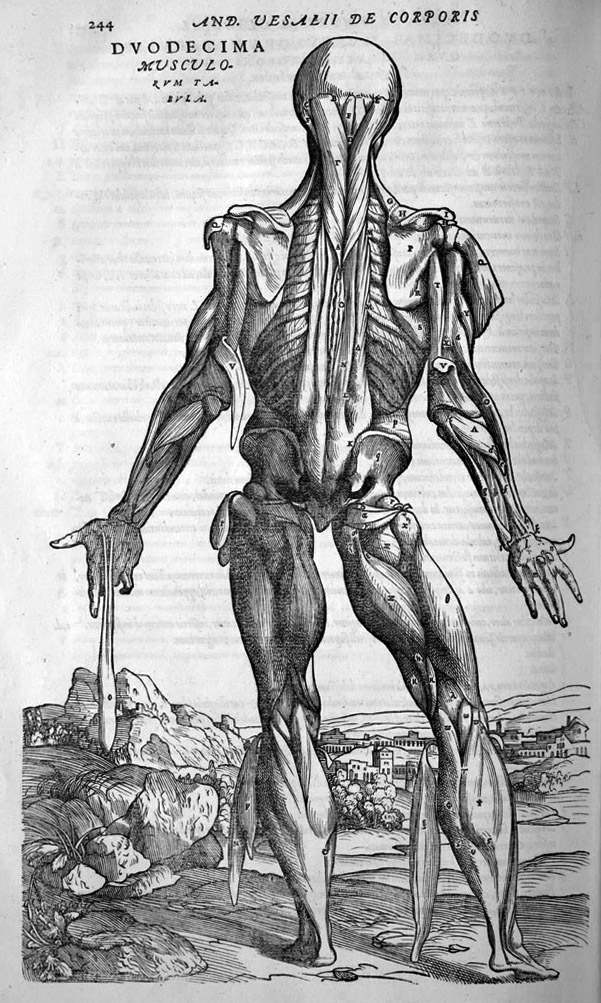Scientists have shown that satellite cells, a form of muscle stem cell, can be used to repair muscles affected by muscular dystrophy.
 Working with mice and writing in the journal Cell, Harvard researcher Amy Wagers and here colleagues used chemical markers to identify a sub-population of adult muscle cells called satellite cells, some of which behave like muscle stem cells. To explore whether they could be used to repair diseased muscles, the satellite cells were labelled with a glowing green protein and injected into the muscles of mice carrying a mutation in their dystrophin genes, giving them the rodent equivalent of muscular dystropy.
Working with mice and writing in the journal Cell, Harvard researcher Amy Wagers and here colleagues used chemical markers to identify a sub-population of adult muscle cells called satellite cells, some of which behave like muscle stem cells. To explore whether they could be used to repair diseased muscles, the satellite cells were labelled with a glowing green protein and injected into the muscles of mice carrying a mutation in their dystrophin genes, giving them the rodent equivalent of muscular dystropy.
In humans this disease is characterised by the progressive destruction of muscle leaving sufferers weakened and eventually almost immobile. Amongst the mice, when their muscles were examined four weeks after the injections, the team found that the stem cells had turned into new muscle and replaced up to 94% of the original muscle fibres. This repair of the muscle was also matched by an almost six-fold increase in muscle strength to near-normal levels.
The trick works because skeletal muscles form what is known as a syncitium; this is where many muscle cells join together to form what is effectively one giant cell containing many muscle fibres. As a result, when the stem cells merge with the syncitium, they bring with them a healthy copy of the dystrophin gene, which enables the rest of the muscle to function much better.
Although the team are not suggesting that this is the cure for muscular dystrophy at this stage, what they have shown is that there are cells that can be used to effectively repair adult muscle, which might be useful for a host of different diseases.
"Taken together, these data indicate that skeletal muscle precursors [the satellite cells] act as renewable, transplantable stem cells for adult skeletal muscle," says Wagers.









Comments
Add a comment